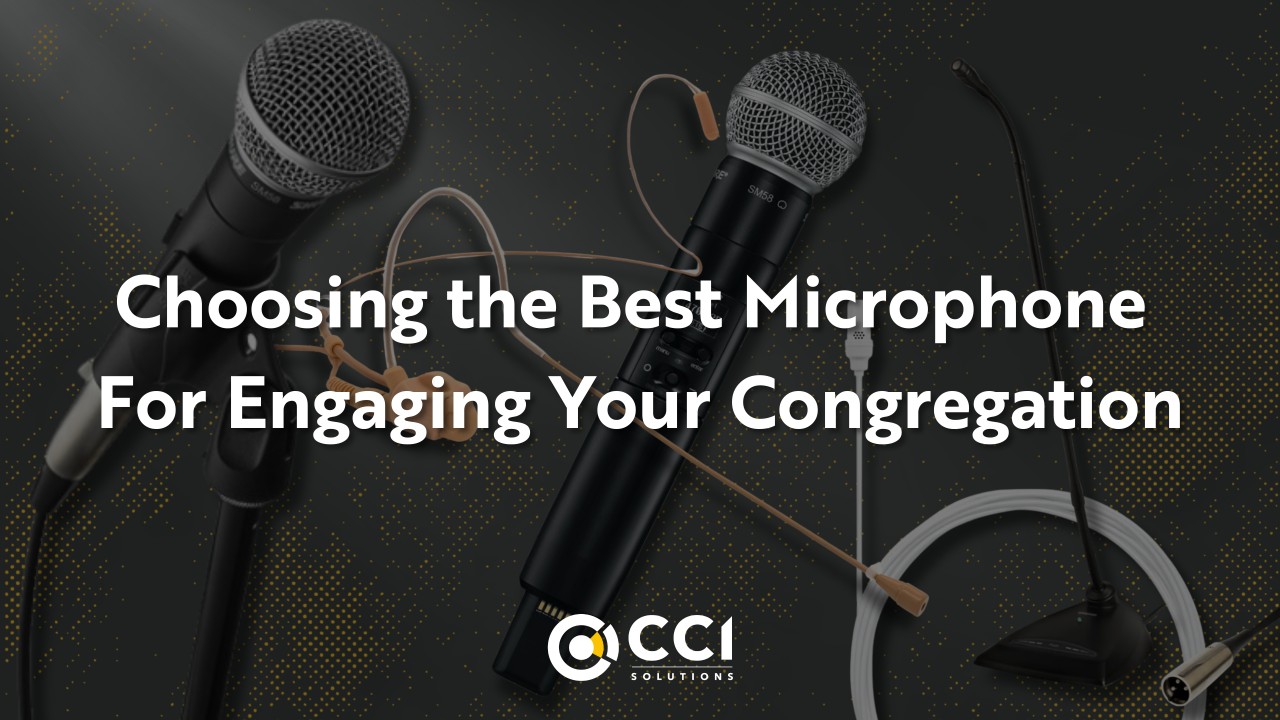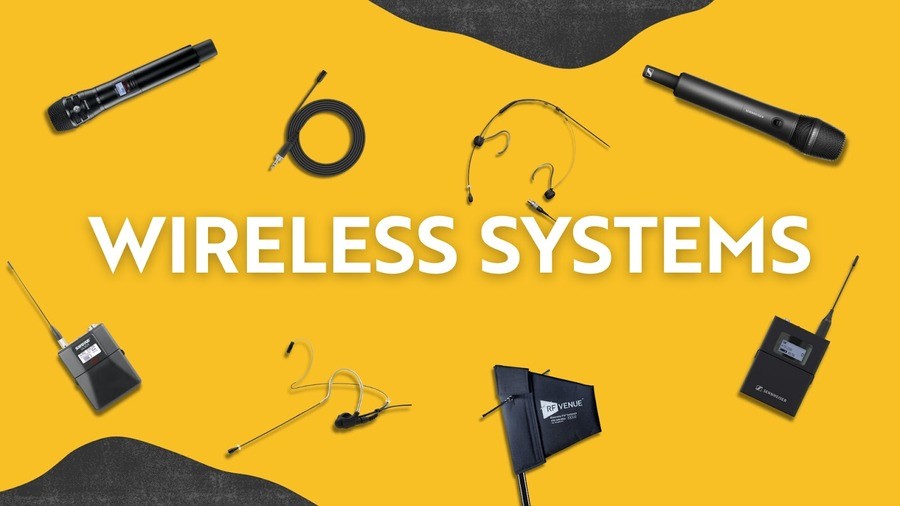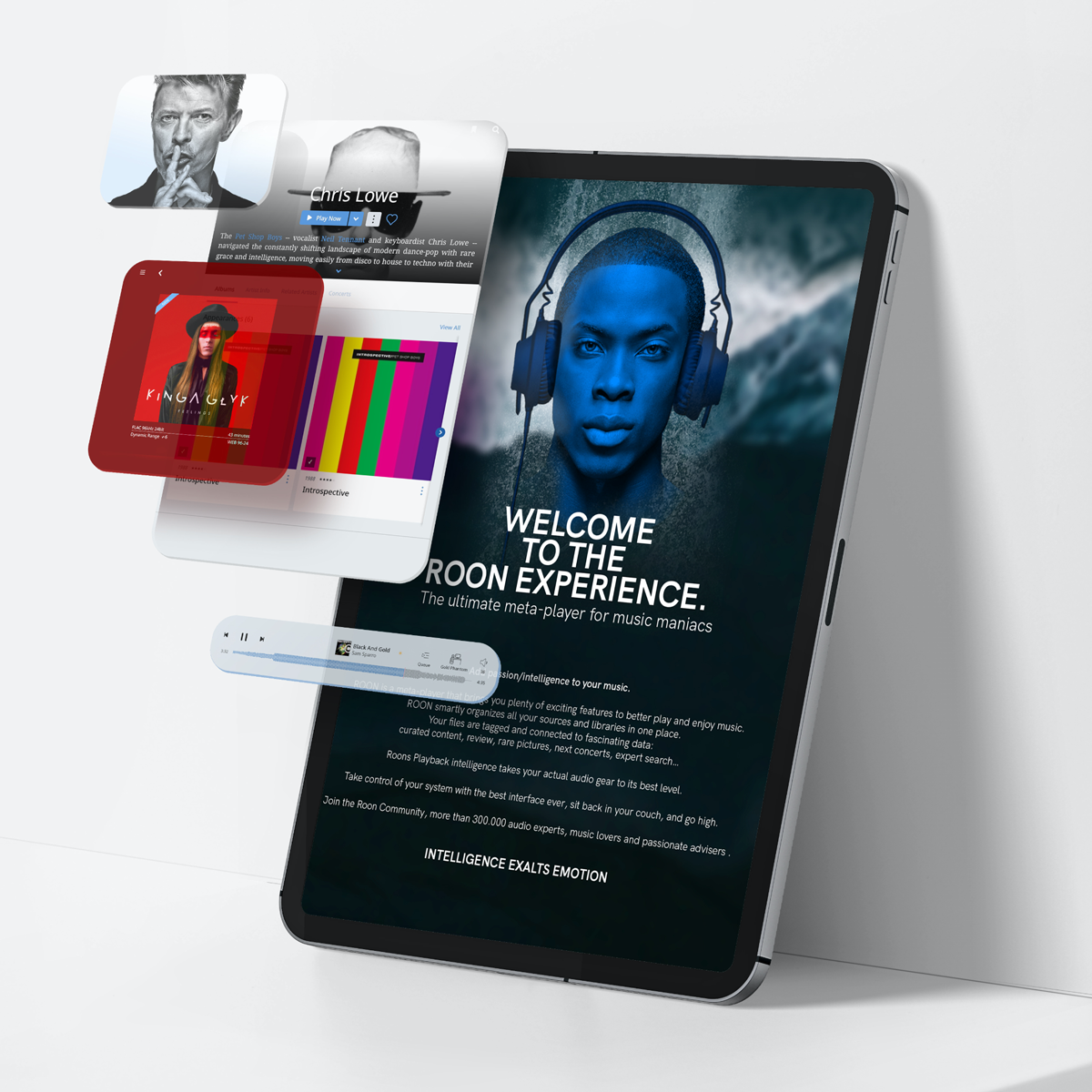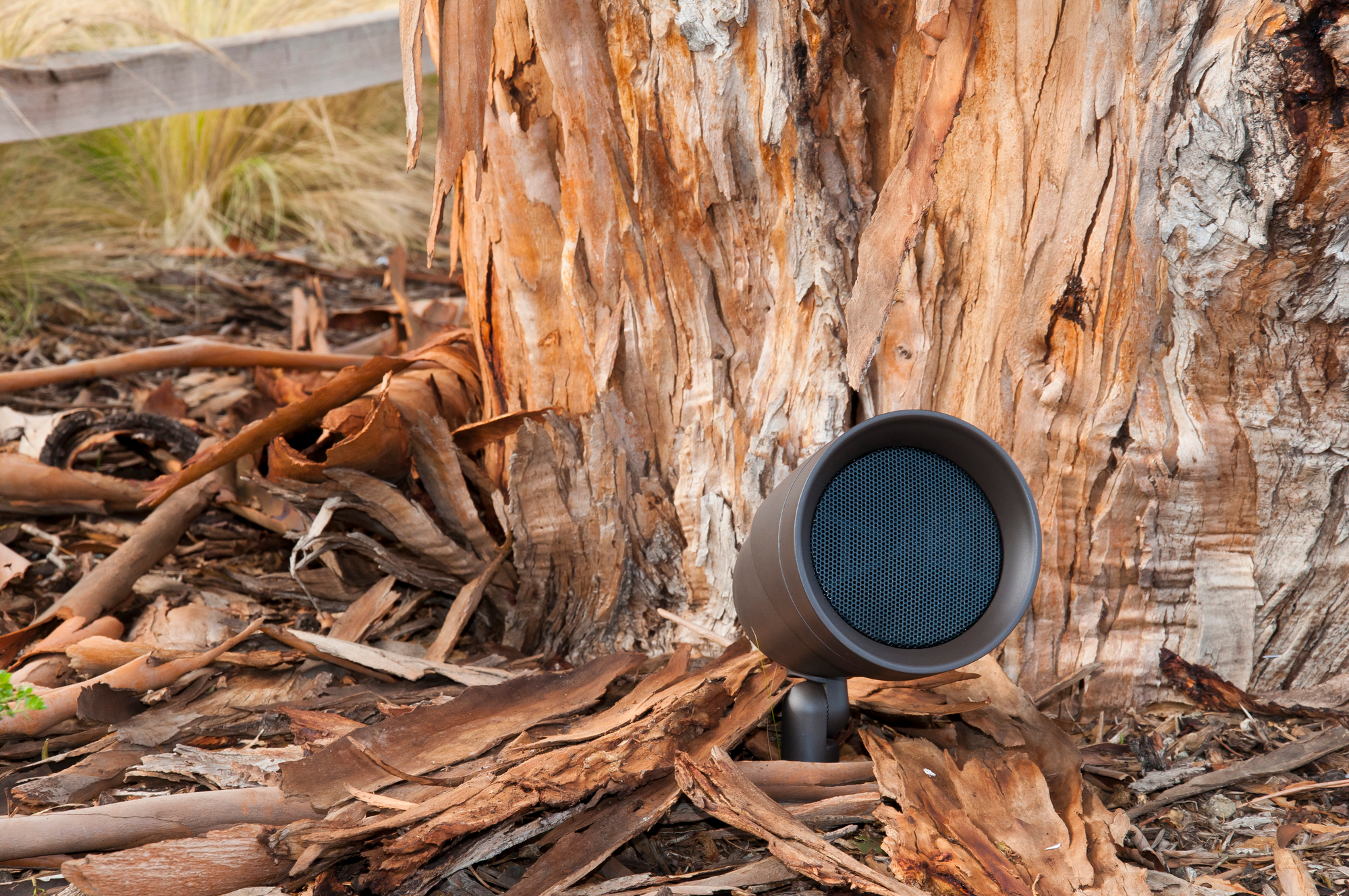When selecting a microphone for preaching, churches need to balance sound quality, ease of use, and reliability. Each type of microphone—handheld, lapel, headset, or podium—offers unique pros and cons. Here, we break down the main form factors, their strengths and weaknesses, and what churches should consider for optimal sound in their worship settings.
1. Handheld Microphones
Handheld microphones are the most commonly used type for live speaking events due to their simplicity and robust sound quality. They are easy to use, versatile, and can be either wired or wireless, making them a popular choice for churches of all sizes.
Pros:
- Excellent Sound Quality: Handheld microphones often provide superior sound quality due to their larger diaphragm, capturing a rich, full range of the human voice.
- Versatile: Handheld mics can be easily passed from person to person and typically include convenient mute features.
- Forgiving with Distortion: They offer flexibility for dynamic speakers who may vary in volume.
Cons:
- Consistency Challenges: The speaker must maintain a consistent position for even sound levels. This requires training, as different speakers may hold the mic at different distances.
- Hands-Free Limitations: Holding a microphone can be cumbersome if the speaker needs to hold notes, a Bible, or move freely.
Best For: Handheld microphones work well for rotating speakers, announcements, or dynamic speakers who benefit from the ability to control their proximity to the mic.
 800 224 7978
800 224 7978





